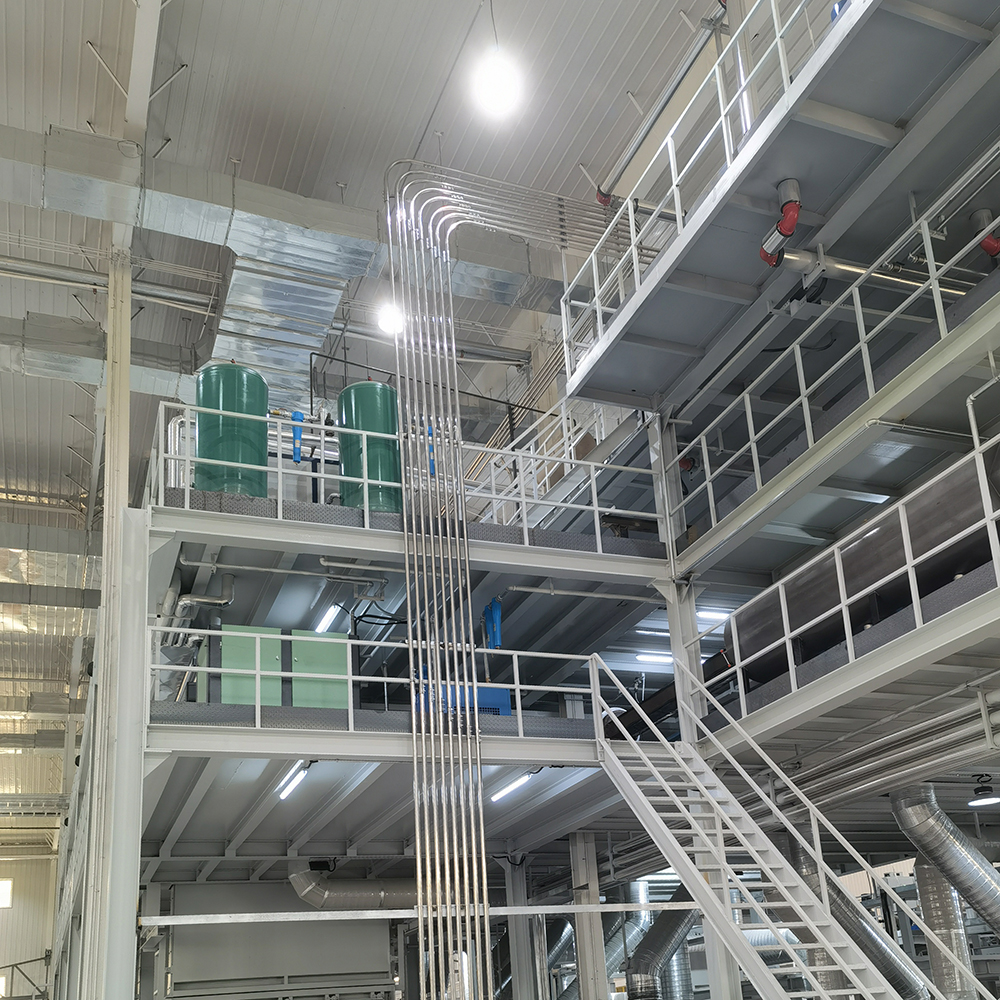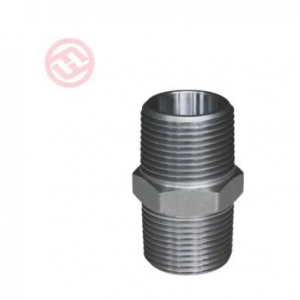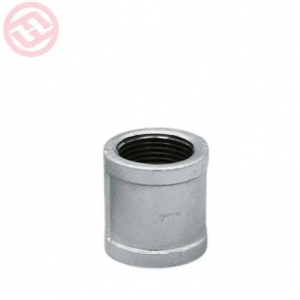The field of non-woven machines and fabric production is expected to see several advancements and trends in the future:
-
Smart Manufacturing: Integration of IoT (Internet of Things) and AI (Artificial Intelligence) into non-woven machines for predictive maintenance, process optimization, and quality control.
-
Sustainability: Continued focus on eco-friendly materials and processes, including the use of recycled fibers, biodegradable materials, and reduced energy consumption.
-
Advanced Materials: Development of innovative fibers and materials with enhanced properties like antibacterial, flame-retardant, conductive, or self-cleaning features for various applications.
-
Customization and Flexibility: Non-woven machines evolving to offer greater flexibility in producing custom-designed fabrics and catering to niche market demands.
-
Nanotechnology Integration: Incorporation of nanotechnology for improved fabric functionalities, such as better filtration, moisture management, or enhanced strength.
-
Hybrid Fabric Production: Blending different materials and technologies to create hybrid fabrics that offer a combination of properties like strength, durability, and flexibility.
-
3D Fabric Printing: Advancements in additive manufacturing techniques for non-woven fabrics, allowing for intricate designs, textures, and multi-layered structures.
-
Energy-Efficient Processes: Adoption of energy-efficient technologies and renewable energy sources to reduce the environmental impact of fabric production.
-
Medical and Healthcare Fabrics: Further development of non-woven fabrics for medical applications, including advanced wound dressings, surgical gowns, and antimicrobial textiles.
-
Digitalization and Automation: Increased automation in non-woven machines, including robotic handling, to improve efficiency, reduce labor costs, and minimize errors.
-
Circular Economy Initiatives: Emphasis on designing fabrics and processes that align with circular economy principles, promoting recycling, reusability, and waste reduction.
-
Global Market Expansion: Growth of non-woven fabric markets in emerging economies and regions, leading to more diverse applications and demand for advanced machinery.
These anticipated trends and advancements in non-woven machines and fabric production are driven by the need for sustainable, innovative, and high-performance materials across various industries, paving the way for a dynamic future in textile manufacturing.
Can you outline the typical workflow or steps involved in operating non-woven machines?
The workflow for operating non-woven machines involves several steps to produce non-woven fabrics. Here's an outline of the typical process:
-
Material Preparation:
- Raw Material Selection: Choose the appropriate fibers or materials based on the desired fabric characteristics.
- Blending or Mixing: If necessary, non woven machines blend different fibers to achieve specific properties like strength, softness, or absorbency.
-
Web Formation:
- Carding: The fibers are aligned and formed into a thin web using carding machines, ensuring uniformity and strength.
- Cross-Lapping: The web may undergo cross-lapping, where layers are laid perpendicular to each other to enhance fabric strength.
-
Bonding:
- Bonding Methods: Employ various bonding techniques like thermal bonding (heat), chemical bonding (adhesives), or mechanical bonding (needle punching) to fuse fibers together.
- Bonding Equipment: Use machines specific to the bonding method chosen, such as ovens for thermal bonding or needle looms for mechanical bonding.
-
Finishing:
- Calendering: Pass the fabric through calendering machines to smoothen and compress it, enhancing surface texture and appearance.
- Coating or Laminating: Apply coatings or laminates for additional functionalities like water resistance or breathability.
-
Inspection and Quality Control:
- Visual Inspection: Check for defects, irregularities, or inconsistencies in the fabric.
- Testing: Perform quality tests for strength, absorbency, durability, and other specified parameters.
-
Packaging and Distribution:
- Roll or Sheet Formation: Cut and roll the fabric into desired lengths or sheets based on customer requirements.
- Packaging: Package the finished fabric rolls or sheets for storage, shipment, or further processing.
-
Machine Maintenance:
- Regular Maintenance: Conduct routine maintenance on the machines to ensure optimal performance and prevent breakdowns.
- Repairs and Adjustments: Address any machine issues or make necessary adjustments for consistent fabric production.
-
Safety Protocols:
- Adherence to Safety Measures: Ensure operators follow safety protocols while operating the machines to prevent accidents or injuries.
This workflow can vary based on the type of non-woven fabric being produced, the specific machinery used, and the intended end-use of the fabric. Operators of non-woven machines require training and expertise to handle each step efficiently and maintain the quality of the produced fabrics.







